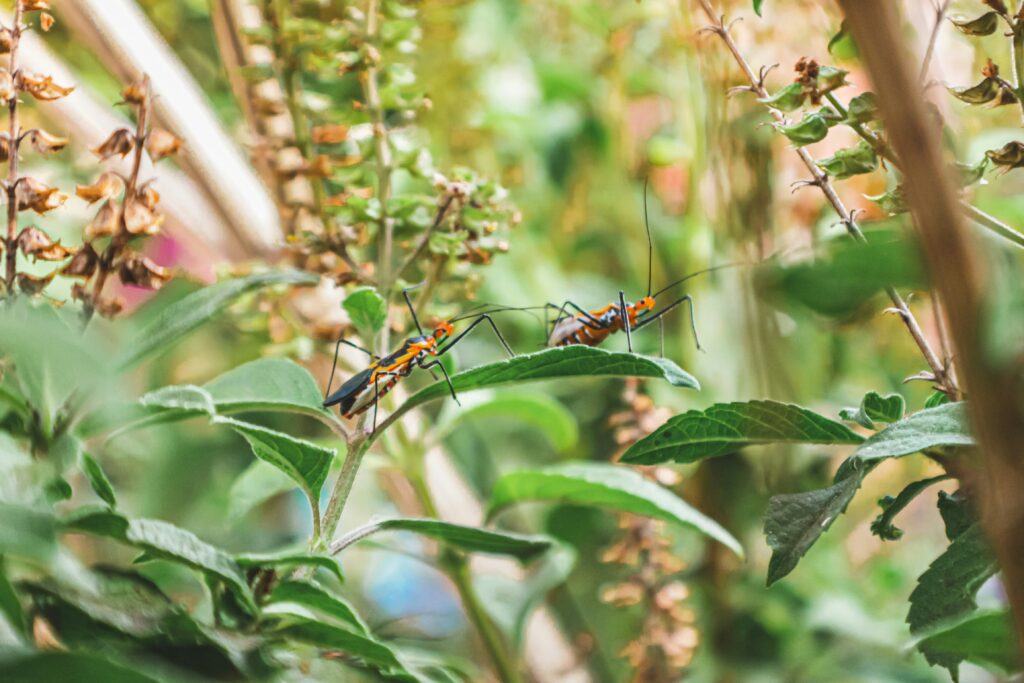When creating a habitat for pet insects, incorporating live plants can transform a simple enclosure into a thriving miniature ecosystem. The right plants not only enhance the aesthetic appeal of your insect’s home but also provide essential benefits like oxygen, humidity regulation, hiding spots, and in some cases, nutrition. Whether you’re housing stick insects, mantids, beetles, or other invertebrates, thoughtfully selected greenery can significantly improve their quality of life. This guide explores the most suitable plant options for various insect habitats, helping you create a naturalistic environment where your six-legged companions can flourish.
Understanding the Role of Plants in Insect Enclosures
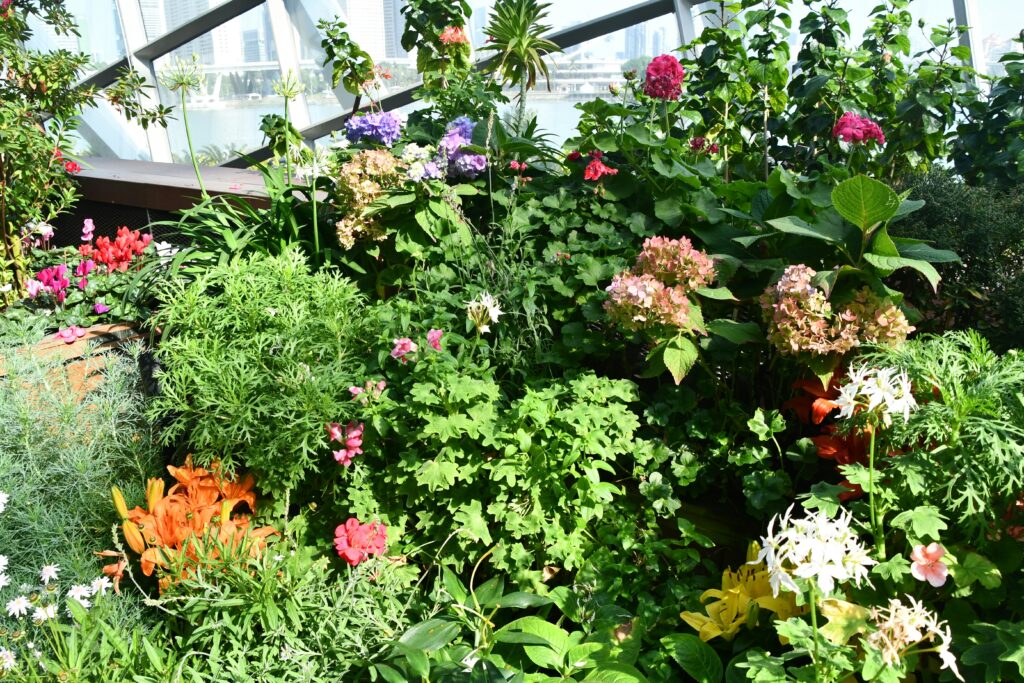
Plants serve multiple crucial functions in an insect habitat beyond mere decoration. They naturally increase humidity levels, which many insect species require for proper molting and hydration. The photosynthesis process helps maintain oxygen levels within the enclosure, creating a more balanced atmosphere. Plants also provide climbing structures and hiding places that satisfy insects’ natural behaviors and reduce stress. Perhaps most importantly, for herbivorous species, live plants offer a continuous source of fresh food that’s nutritionally superior to cut foliage that wilts quickly. When selecting plants, it’s essential to consider your specific insect’s needs, whether they’ll be consuming the plants or simply using them as part of their habitat structure.
Pothos (Epipremnum aureum)

Pothos stands as one of the most popular choices for insect enclosures due to its exceptional adaptability and resilience. This hardy vine thrives in varying light conditions and can withstand the high humidity environments that many insects require. Its cascading growth habit creates natural climbing structures and hiding spots for arboreal insects like stick insects and certain mantis species. Pothos is non-toxic to most invertebrates and can survive occasional nibbling, though it’s not intended as a primary food source for herbivorous species. The plant’s broad leaves effectively increase humidity through transpiration and provide excellent surface area for insects that prefer to rest on foliage. As an added benefit for keepers, pothos is extremely easy to propagate from cuttings, making it a sustainable option for maintaining planted enclosures.
Spider Plants (Chlorophytum comosum)
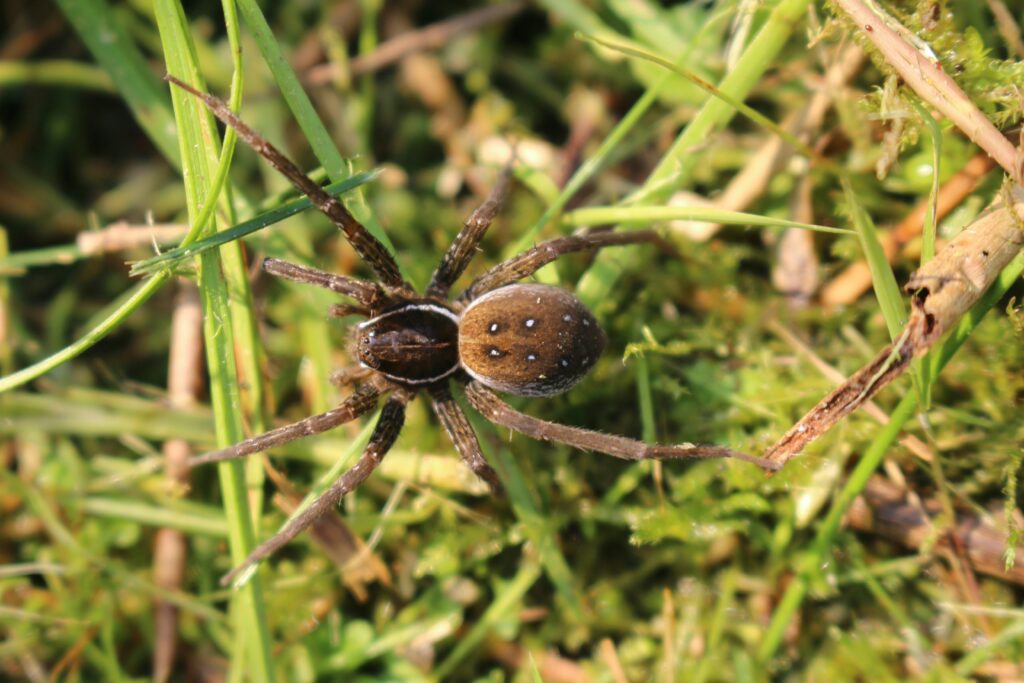
Spider plants have earned their place as favorites in insect habitats due to their non-toxic nature and exceptional tolerance for varied conditions. Their arching leaves create multiple levels within the enclosure, offering diverse perching and hiding opportunities for small invertebrates. These plants are particularly valuable in habitats for species that require moderate humidity, as they contribute to moisture levels without creating excessive dampness that could foster mold growth. Spider plants’ remarkable ability to produce “pups” (baby plants) on long stems adds visual interest to the enclosure while creating additional microhabitats. Their robust root system helps maintain soil stability, preventing substrate disruption when housing burrowing insects like certain beetle species. Additionally, spider plants are known for their air-purifying qualities, helping to maintain a cleaner atmosphere within the closed environment of an insect habitat.
Bromeliads (Bromeliaceae family)

Bromeliads offer a spectacular combination of functionality and visual appeal for tropical insect enclosures. Their distinctive rosette structure naturally collects and holds water, creating mini pools that increase humidity and provide drinking sources for insects. This unique morphology makes them ideal for housing dart frogs, certain mantis species, and tropical beetles that thrive in high-humidity environments. Bromeliads come in an array of striking colors and patterns, adding a dramatic aesthetic element to any habitat. The plant’s stiff leaves provide sturdy climbing surfaces and resting spots for insects of various sizes. Many bromeliad species are epiphytic, meaning they don’t require soil and can be mounted directly to enclosure backgrounds, maximizing usable space within the habitat while creating a more naturalistic appearance that mimics tropical forest environments.
Ferns (Multiple Varieties)

Ferns represent an excellent choice for insect enclosures requiring high humidity and indirect light conditions. Their delicate, feathery fronds create complex microhabitats where smaller insects can find refuge and security. Species like Boston ferns (Nephrolepis exaltata) and maidenhair ferns (Adiantum spp.) are particularly well-suited for tropical insect habitats due to their moisture-loving nature. The dense growth pattern of many fern varieties provides exceptional hiding places that satisfy the cryptic behaviors of many invertebrates, reducing stress and encouraging natural movements. Ferns contribute significantly to humidity levels through transpiration, helping maintain the moist conditions essential for many exotic insect species. When selecting ferns, it’s important to choose varieties appropriate to your enclosure size, as some species can grow quite large and may overwhelm smaller habitats if not regularly pruned.
Air Plants (Tillandsia spp.)
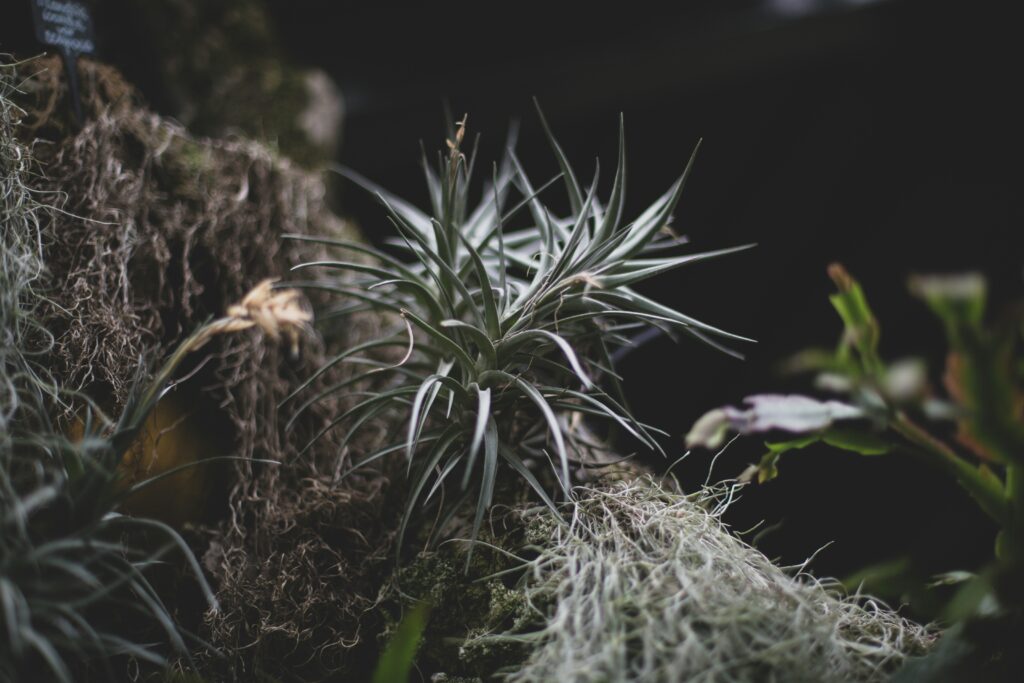
Air plants offer unique advantages for insect enclosures due to their soilless growth habit and minimal care requirements. These epiphytic plants absorb moisture and nutrients directly from the air, eliminating the need for substrate that could harbor harmful bacteria or mold. Their diverse forms range from small, spiky varieties to larger, architectural specimens, providing multiple textures and climbing surfaces for insects. Tillandsias can be positioned anywhere within the enclosure—attached to branches, walls, or decorative elements—making them exceptionally versatile for habitat design. They thrive in the humid conditions typically maintained for tropical insects, creating a symbiotic relationship where both plant and insect benefit from the environmental conditions. Air plants are particularly valuable in enclosures for arboreal species like stick insects, certain mantids, and leaf insects that prefer elevated perching sites.
Small Succulents for Arid Habitats
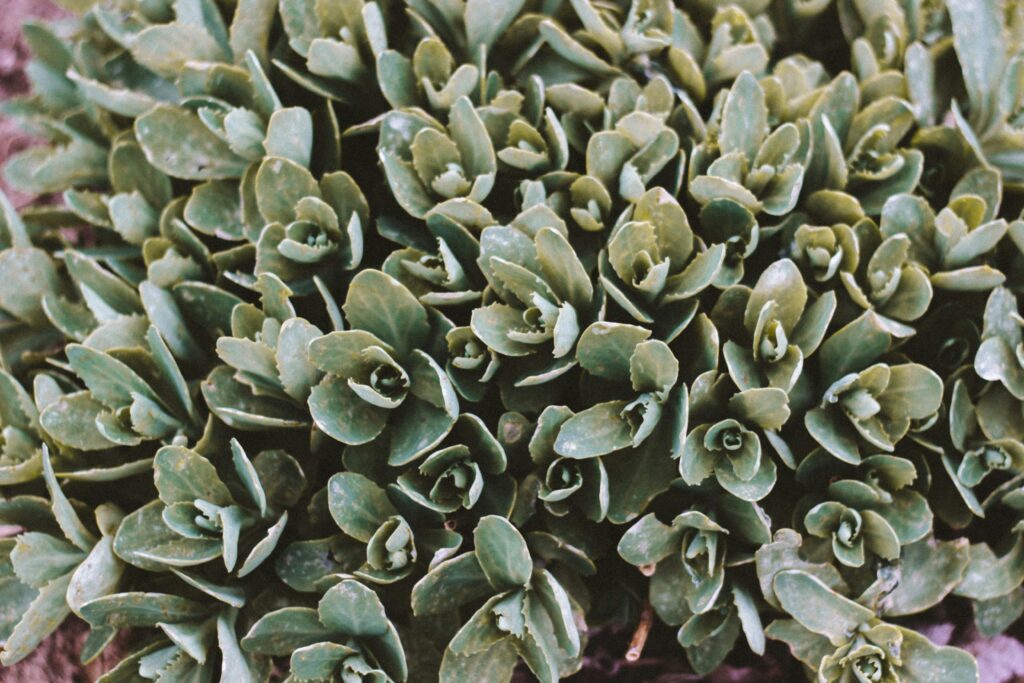
For desert-dwelling insects such as certain species of beetles, scorpions, and some arachnids, small succulents provide appropriate vegetation that mirrors their natural habitat. Varieties like Haworthia, Echeveria, and compact Aloe species can withstand the drier conditions these invertebrates require without introducing excessive humidity. Their thick, fleshy leaves store water efficiently, allowing them to survive with minimal irrigation in arid enclosures. Succulents’ compact growth habit makes them ideal for smaller habitats, providing natural-looking vegetation without overwhelming the space. Many desert invertebrates appreciate the structural elements these plants provide, using them as reference points for movement or as shelter during inactive periods. When selecting succulents, opt for non-toxic varieties without sharp spines that could potentially injure the enclosure’s inhabitants, and ensure they’re planted in well-draining substrate to prevent root rot in the enclosure environment.
Feeding Plants for Herbivorous Insects
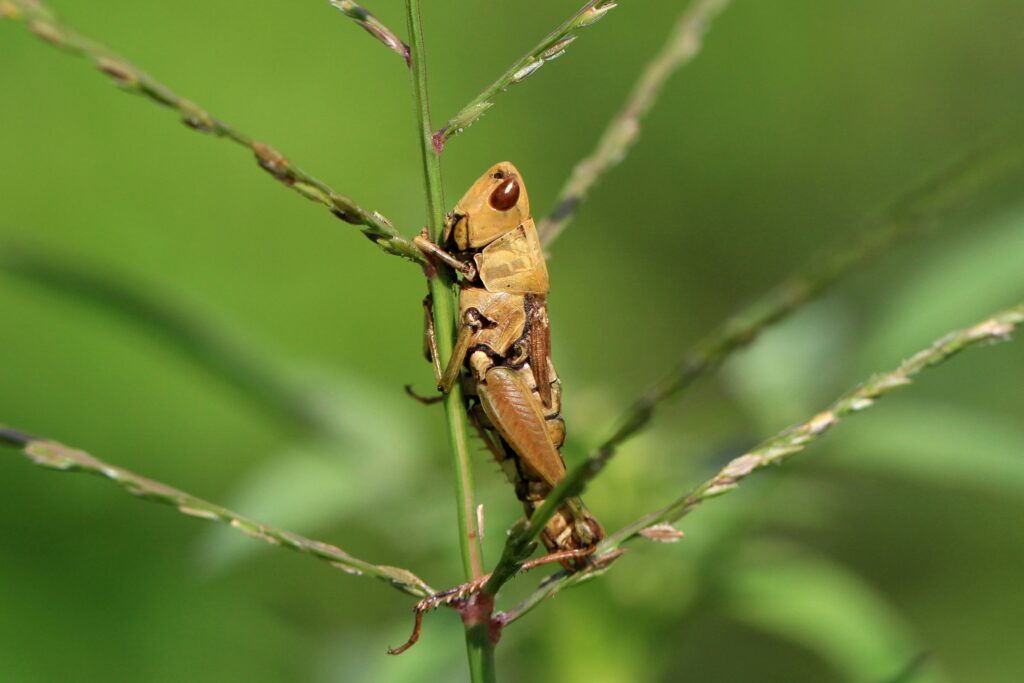
For leaf-eating insects like stick insects, katydids, and certain butterfly larvae, incorporating their preferred food plants directly into the enclosure ensures a constant supply of fresh nutrition. Bramble (Rubus spp.), oak (Quercus spp.), and rose (Rosa spp.) are excellent options for many stick insect species, providing both sustenance and structural elements for climbing. Milkweed (Asclepias spp.) is essential for monarch butterfly larvae, while plants like parsley, dill, and fennel support swallowtail caterpillars. These living food sources maintain their nutritional integrity much longer than cut branches or leaves, ensuring your insects receive optimal nourishment. Incorporating multiple plant species can diversify the insect’s diet, potentially improving their health and development. When using feeding plants, it’s crucial to source them from pesticide-free locations to prevent accidentally poisoning your invertebrate pets.
Moss for Ground Cover and Humidity
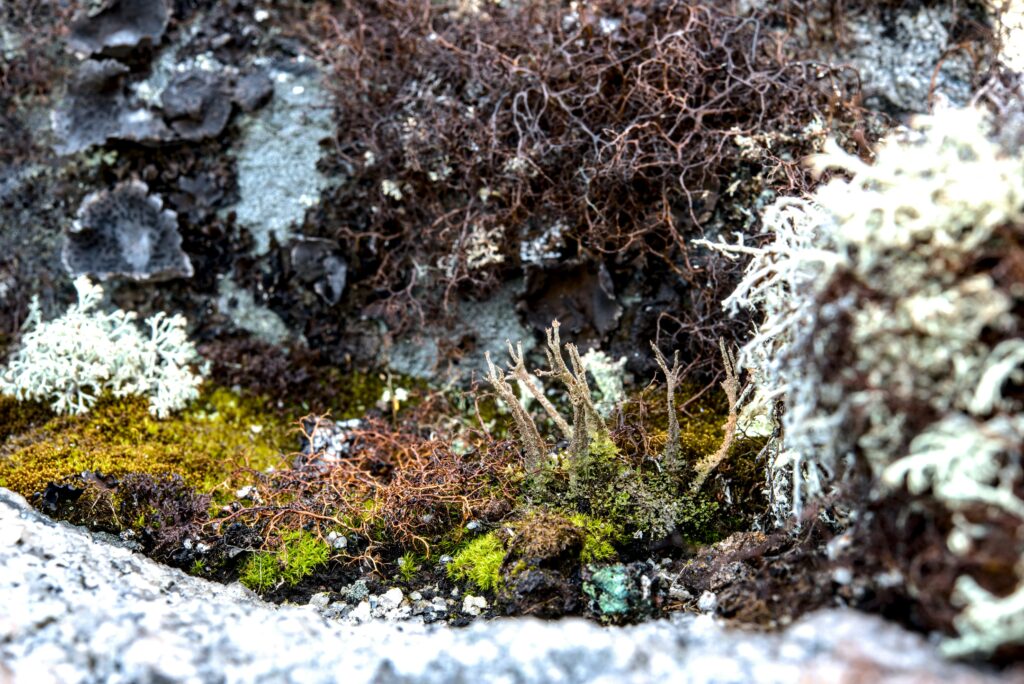
Live moss serves as an excellent ground cover in insect enclosures, contributing to both functionality and aesthetics. Species like sheet moss (Hypnum spp.) and cushion moss (Leucobryum spp.) create a natural-looking substrate that retains moisture, helping maintain humidity levels crucial for many invertebrates. The soft, dense texture provides an ideal surface for eggs laid by species that utilize substrate for reproduction, protecting them from desiccation. Moss also helps prevent soil compaction in enclosures housing burrowing insects, maintaining a loose structure that facilitates their natural digging behaviors. Beyond its practical benefits, moss adds a lush, verdant appearance to the habitat floor, creating a more complete ecosystem aesthetic that mimics natural environments. When harvesting moss, ensure it comes from pesticide-free areas and thoroughly rinse it to remove any potential hitchhiking organisms that could disrupt your controlled environment.
Climbing Plants for Vertical Space
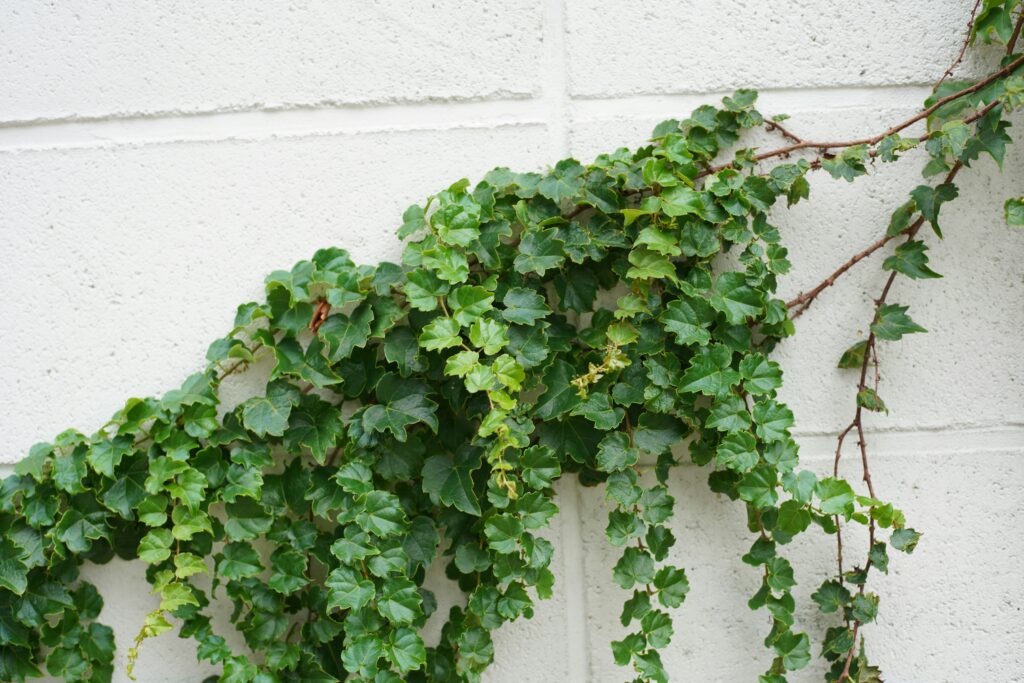
Vining plants maximize the usable space in insect enclosures by utilizing vertical surfaces that would otherwise remain bare. Species like English ivy (Hedera helix), creeping fig (Ficus pumila), and jasmine (Jasminum spp.) create natural climbing structures that benefit arboreal insects such as stick insects, leaf insects, and many mantis species. These plants gradually cover walls and backgrounds, transforming artificial surfaces into living, breathing habitat elements. The complex network of stems and leaves provides numerous perching sites at various heights, allowing insects to select their preferred microenvironment based on temperature, humidity, and light gradients that naturally form in the enclosure. Climbing plants are particularly valuable for species that undergo molting while suspended, offering secure attachment points during this vulnerable period. When selecting climbing plants, consider growth rate and maintenance requirements, as overly vigorous species may require frequent pruning to prevent them from overwhelming the habitat.
Miniature Orchids for Specialized Habitats
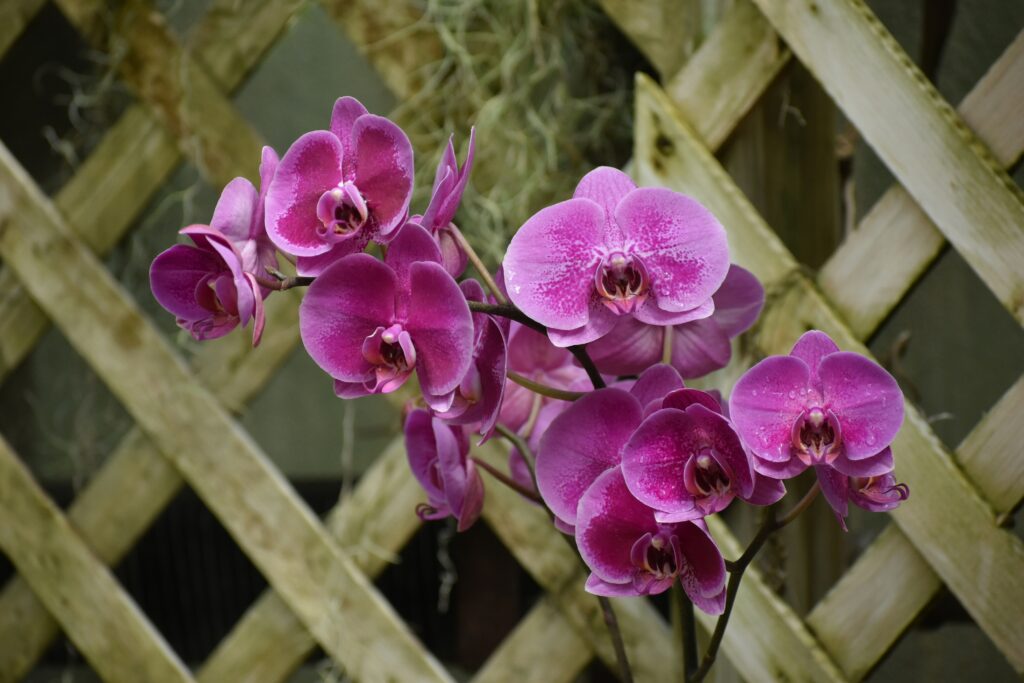
Miniature orchids create stunning focal points in tropical insect enclosures while thriving in the high humidity conditions many exotic invertebrates require. Varieties such as Pleurothallis, Masdevallia, and Bulbophyllum species remain small enough for most habitats while producing fascinating blooms that enhance the enclosure’s visual appeal. These epiphytic plants can be mounted to cork bark or branches, utilizing vertical space without consuming valuable floor area. Orchids’ aerial roots provide additional textural elements and climbing surfaces for small insects, creating microhabitats within the larger environment. Their specialized growth habits often create small pockets and crevices where tiny invertebrates can find refuge, supporting a more complex ecosystem within the enclosure. While requiring more specific care than some hardier plants, the specialized growing conditions of a controlled insect habitat often naturally align with orchids’ needs for humidity, air circulation, and filtered light.
Aquatic Plants for Semi-Aquatic Setups
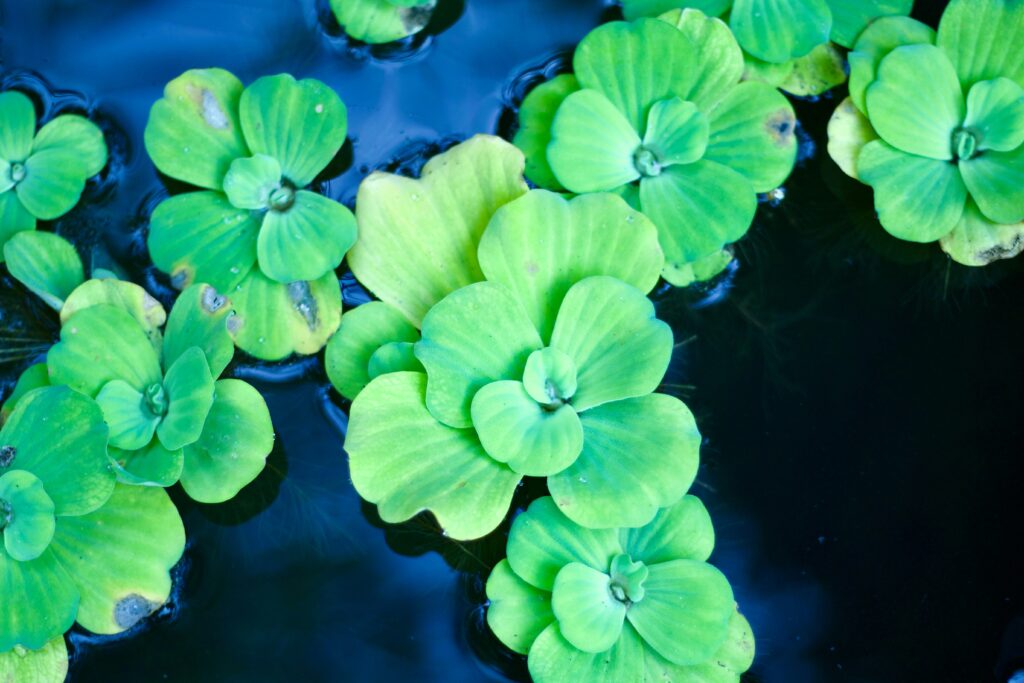
For enclosures housing semi-aquatic insects such as water beetles, dragonfly nymphs, or water scorpions, incorporating appropriate aquatic vegetation creates a more complete ecosystem. Floating plants like duckweed (Lemna minor) and water lettuce (Pistia stratiotes) provide cover at the water’s surface while helping maintain water quality through nutrient absorption. Submerged species such as Anacharis (Elodea canadensis) and Vallisneria create underwater structure where predatory insects can stalk prey or hide during vulnerable periods. Emergent plants like small rushes (Juncus spp.) or dwarf papyrus (Cyperus haspens) create transition zones between aquatic and terrestrial areas of the habitat, essential for insects that utilize both environments at different life stages. These plants not only support the ecological needs of semi-aquatic insects but also contribute to water filtration, helping maintain cleaner conditions with less frequent maintenance. When selecting aquatic plants, consider their growth rate and ultimate size to ensure they remain proportional to your enclosure.
Plants to Avoid in Insect Habitats

While many plants benefit insect enclosures, several varieties should be strictly avoided due to potential toxicity or structural hazards. Avoid plants with strong chemical defenses like euphorbias, whose milky sap contains irritating compounds that can harm invertebrates upon contact. Species with sharp thorns or spines, such as cacti and some roses, may physically injure soft-bodied insects or damage delicate wings and limbs. Plants treated with systemic pesticides pose a serious threat, as these chemicals persist within plant tissues for months and can be lethal to insects that contact or consume any part of the plant. Fast-growing invasive species like certain bamboos or mints may quickly overtake an enclosure, disrupting the habitat balance and potentially damaging the structural integrity of the setup. Always research any plant thoroughly before introduction, considering not just toxicity but also growth habits, maintenance requirements, and compatibility with your specific insect species’ environmental needs.
Maintaining Plant Health in Enclosed Environments

Successful long-term plant growth in insect enclosures requires specific maintenance strategies adapted to the unique challenges of these contained ecosystems. Ensure adequate lighting appropriate to your plant species, potentially supplementing natural light with full-spectrum LED grow lights that won’t overheat the habitat. Develop a careful watering regimen that provides sufficient moisture for plants without creating overly soggy conditions that could harm insects or promote fungal growth. Regular pruning prevents plants from outgrowing the enclosure while promoting bushier growth that provides more usable habitat space. Monitor plants for signs of stress, nutrient deficiencies, or pest problems, addressing issues promptly before they affect the entire enclosure ecosystem. Consider implementing a rotation system for heavily browsed plants in habitats with herbivorous insects, allowing specimens to recover outside the enclosure while replacements serve as food sources. This balanced approach to plant care ensures your living habitat elements remain healthy contributors to your insects’ environment rather than becoming maintenance burdens.
Conclusion
Creating a thriving planted environment for pet insects transforms a simple enclosure into a dynamic, self-sustaining miniature ecosystem. The right plant selection enhances not only the visual appeal of the habitat but also the physical and psychological well-being of its invertebrate inhabitants. From humidity regulation and oxygen production to natural hiding spots and nutritional sources, thoughtfully chosen plants fulfill multiple roles that benefit both the insects and their keepers. By considering your specific species’ needs, environmental requirements, and the practical aspects of long-term maintenance, you can develop a beautiful, functional planted enclosure where your insect companions can exhibit their natural behaviors and thrive. This holistic approach to insect keeping rewards enthusiasts with a more engaging, educational, and rewarding pet experience.

